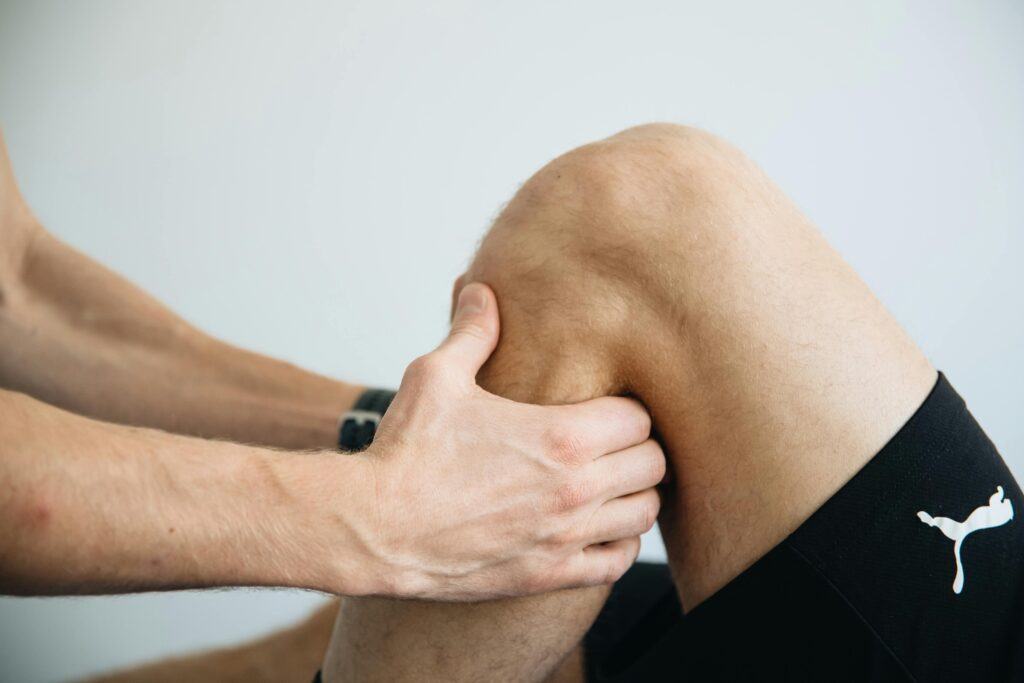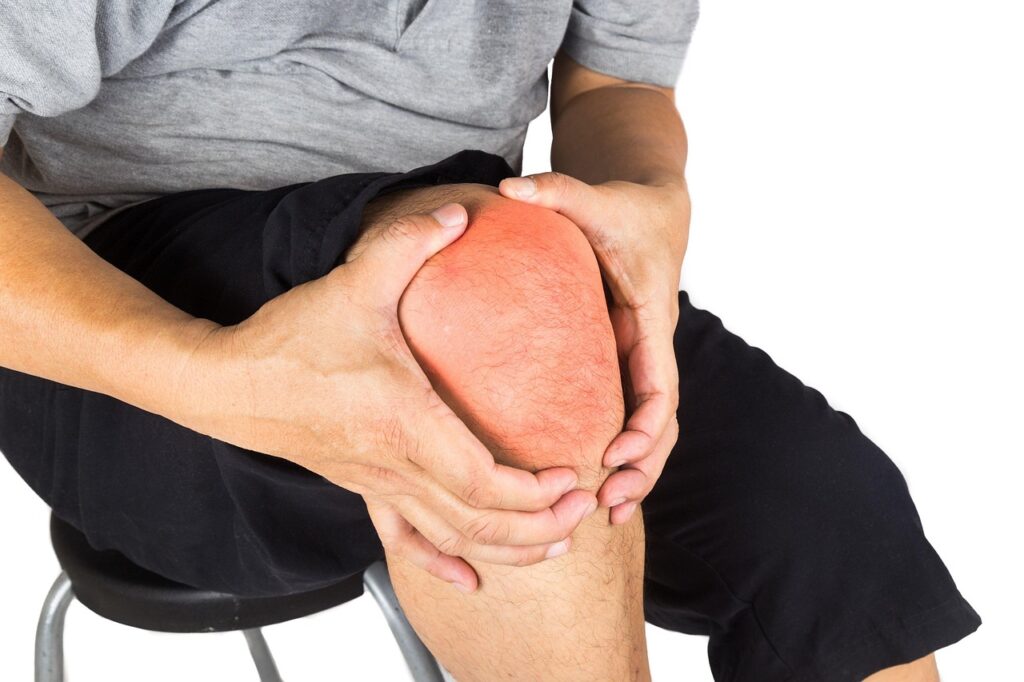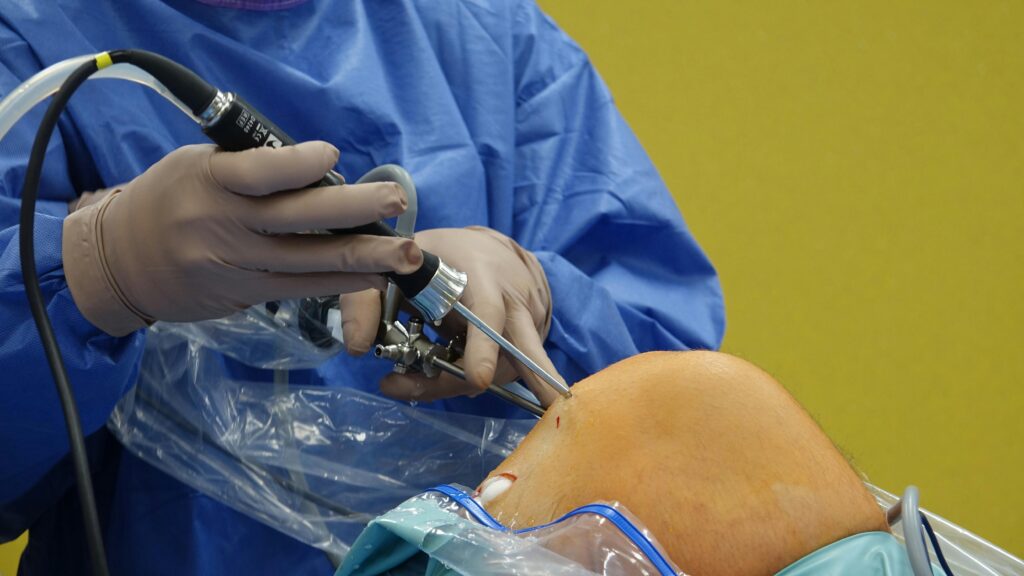What Exactly Is an ACL Injury?
The anterior cruciate ligament (ACL) is a tiny but strong ligament that plays a gigantic role in keeping your knee stable. It connects your thighbone (femur) to your shinbone (tibia) and helps you move smoothly. Unfortunately, it’s also one of the most commonly injured parts of the body, especially if you participate in sports like soccer, basketball, or skiing. Once the ACL is overstretched or torn, it tends to throw your entire knee out of alignment — and that’s when the trouble begins.
Signs You Might Have an ACL Injury
It really makes a big difference to diagnose an ACL injury while it’s still in its early stages. Here’s what you need to watch out for:
A popping sound: Most people describe a “pop” at the time of injury, which they feel or hear.
Sudden, severe pain: Pain usually begins at once and can make walking nearly impossible.
Swelling: The knee will swell within a few hours of the injury.
Limited motion: Bending or straightening the knee may be difficult or even painful.
Instability: Abrupt buckling of the knee when trying to stand or walk.
What Causes an ACL Injury?
Know the causes of ACL injuries, and you can prevent them. Here are the main culprits:
Sports Moves
Sudden stops, sharp changes of direction, awkward landings from jumps — all these common sports movements put a lot of stress on the ACL.
Direct Impact
A blow to the knee (like a football tackle or a fall) can stretch the ACL beyond its limits.
Body Mechanics
Weak muscles, poor balance, or bad landing techniques can all increase your chances of tearing an ACL.
Women Are at Higher Risk
Research shows women are more likely to suffer ACL injuries than men. Factors like body structure, muscle strength differences, and hormonal effects play a role.
Who’s Most at Risk?
Certain factors make ACL injuries more likely:
- Playing high-intensity sports
- Having a history of knee injuries
- Poor muscle conditioning
- Wearing the wrong type of shoes
- Slippery or uneven playing surfaces
If any of those sound familiar, it’s time to take extra precautions!
How Doctors Diagnose an ACL Injury
If you think you’ve torn your ACL, a quick, accurate diagnosis is essential.
Physical Tests
Doctors often use hands-on tests, like the Lachman test or pivot shift test, to find out how stable your knee joint feels.
Imaging Scans
MRI scans are best for diagnosing ACL tears.
X-rays rule out broken bones that could complicate the injury.
Treating an ACL Injury: What Are Your Options?
How your ACL injury is treated depends in large part on how severe it is — and what you want to do.
Non-Surgical Options
If the tear is small or if you’re not very active, you might be able to manage without surgery.
- Physical therapy to build up the muscles around your knee.
- Knee braces to steady the joint.
- Lifestyle change to avoid activities that carry risk.
When Surgery Is Necessary
For active people, athletes, or those with a complete tear, surgery is generally recommended.
- Arthroscopic surgery uses tiny instruments to reconstruct the ligament using a tendon graft.
- Rehabilitation after surgery is required to get your knee back in working condition.
Recovery Timeline: How Long Does It Take?
It requires patience to heal an ACL injury. Here is what the recovery timeline generally looks like:
- First 2 weeks: Reduce swelling and restore knee extension.
- Weeks 2–6: Initiate gentle strengthening and restore range of motion.
- Weeks 6–16: Progress strength training and balance exercises.
- Months 4–6: Advance to sport-specific drills.
- Months 9–12: Finalize return to competitive sports.
Adhering to your rehab program makes all the difference!
How to Prevent ACL Injuries
Good news: you can lower your risk with the proper strategies.
Strength Training
Strong hamstrings, quads, glutes, and core muscles can support your knees better.
Better Body Mechanics
Safely learning how to jump, land, and pivot can save your ACL in high-impact sports.
Smart Equipment Choices
Wearing the correct shoes and having good sports equipment cuts down on injury risks.
Don’t Skip Warm-ups
Warming up properly gets your muscles and joints ready for action and decreases stress on your ACL.
Living After an ACL Injury: What to Expect
Even if you recover completely, it’s necessary to continue with caution. People who’ve had an ACL injury are more susceptible to knee arthritis in later life. That’s why ongoing strengthening exercises and occasional checkups are necessary for the lifelong health of your knees.
Final Thoughts
The ACL might be a small part of your body, but it plays a giant-sized role in how you move. Whether you’re recovering from an injury or trying to prevent one, understanding your knee and taking good care of it is essential. With proper treatment, rehabilitation, and a good commitment to prevention, you can get back to doing what you love — safely and confidently.
Real-Life Story: Overcoming an ACL Injury
Imagine you’re playing your sport, feeling strong and invincible. And then, in a split second, one wrong move — a quick turn or an awkward landing — and you hear the dreaded pop. Severe pain shoots through your knee, and you know something’s not right.
This is exactly what happened to Sarah, an avid soccer player. Her knee had swollen within minutes of the injury, and she was unable to put any weight on her leg. An MRI some time later confirmed it: a complete ACL rupture.
Sarah’s story is not exceptional. It speaks to the importance of early intervention and a solid recovery plan. After surgery and nearly a year of faithful rehab, she was not only back on the soccer pitch but stronger and more aware of her body than ever before.
Her story teaches us that while ACL injuries are challenging, they don’t necessarily have to be the end of the chapter. With the right attitude, medical care, and persistence, a full recovery is more than achievable.
Frequently Asked Questions About ACL Injuries
Can an ACL tear heal by itself without surgery?
In some cases, partial tears or less active lifestyles can allow the ACL to heal without surgical intervention. A completely torn ACL, though, cannot heal on its own and may need to be reconstructed for full knee stability.
How soon should I start rehab after an ACL injury?
Rehabilitation should begin as soon as possible to reduce swelling, restore movement, and prevent muscle loss. Even before surgery (if necessary), a program called “prehabilitation” can set you up for a smoother recovery.
Is it safe to return to sports after an ACL injury?
Yes, but only after your knee has achieved full strength, flexibility, and stability — and your doctor or physiotherapist provides the green light. Coming back too soon can lead to re-injury.
How will I know if my knee is ready?
Your healthcare team will perform special strength and movement tests to decide your readiness. Don’t rush the process — your future knee health depends on a full recovery.
Key Takeaways for Keeping Your Knees Healthy
Stay strong: Consistent strength and balance training safeguards your ligaments.
Listen to your body: when in pain or feeling unstable, don’t disregard it.
Train smart: Train with coaches or physiotherapists that instruct correct techniques.
Commit to recovery: When injured, commit fully to your rehabilitation journey.
By honoring your body’s limitations and establishing a solid foundation, you can safeguard your ACL — and your whole athletic future.
link:https://www.orthobullets.com/knee-and-sports/3008/acl-te
link:https://bidaayaat.com/side-effects-of-weight-loss-medications-like-ozempic/



